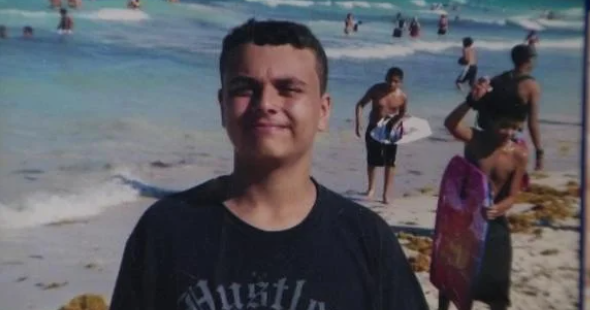FAA Tries To Curb Pilot Fatigue
MIAMI (CBS4) - Imagine pilots landing on the wrong runway or landing off the runway or even landing at the wrong airport.
CBS4 Investigator Stephen Stock first reported the story two years ago and has since discovered that all of these things actually happened and the number of these instances have increased in recent years.
All this is happening because pilots are falling asleep behind the controls even as the airplane comes in for a landing.
CBS4 Investigates uncovered more than 410 instances over a three year period where fatigue caused a problem or a crash on board an airplane.
That's three times more than anything previously reported.
And now years after our original report, the FAA has finally taken steps to stop the problem of fatigue in the cockpit.
Wednesday, the FAA and U.S. Department of Transportation finally acted to reduce fatigue in the cockpit.
This issue got worldwide attention with the fatal crash of a commuter airliner outside Buffalo's airport in February, 2009.
The audio from the air traffic control tower captures the tragic moments surrounding that crash.
"Check Colgan Air. What happened?!" asked one controller supervisor.
"I have no idea," replied a controller watching on radar the airplane coming in for a landing.
"Buffalo, (do) you got him?" asked the supervisor.
"No!" replied the air traffic controller.
"What's his call sign?" asked the supervisor on the audio recording.
"Colgan 3407! Colgan 3407!" replied the air traffic controller.
These are the moments when the air traffic controllers realized 49 lives just disappeared off radar, five miles outside of Buffalo, New York.
"He just disappeared. I don't have him Lonnie! He went "xxx" then NOTHING!!!" said the air traffic controller on the audio recording, clearly in a panic. "Colgan 34007 Buffalo tower how do you hear? How do you hear?"
But his pleas for an answer were met by silence.
The panic that seized air traffic controllers in February, 2009, swept across the entire commercial airline industry with the realization by investigators that pilot fatigue played a major role in the crash along with a lack of training and experience and ice on the wings.
"They push you to fly when you are tired," one commercial airline pilot told CBS4 Investigates. "I would say that fatigue issue is growing."
Another pilot recounted a personal experience of falling asleep at the controls because of fatigue.
"I was in la la land for some portion of time," said the pilot, who, like his other colleagues, requested that he remain anonymous due to fears he would lose his job.
"All pilots are being pushed," another pilot told CBS4 Investigates.
They are voices of veteran pilots all over the United States.
For years, all of them have been calling for changes in FAA rules governing the amount of rest required between stints behind the stick in the cockpit.
"Lives are quite literally at stake," another anonymous pilot said.
Now, all these years later, the FAA has finally listened.
Wednesday, Department of Transportation Secretary Ray LaHood and acting FAA administrator Michael Huerta announced new rules governing how much rest time pilots must take between shifts.
"America's skies are the safest in the world," said Secretary LaHood. "But we can always do more. We will never let up."
The rules increase current rules by at least an hour and set tighter weekly and monthly limits on the number of hours pilots can be at the controls and on the job.
In addition to the 10 hours of rest, the new rules also require thirty consecutive hours a week off the job. The rules also require that flight times must be no longer than eight or nine hours.
Pilots and airlines must also take joint responsibility in reporting fatigue. Pilots must confirm with the airline that they are rested and fit to fly before each flight. If they don't, the airline must remove them from duty.
"The traveling public expects an alert and rested flight crew every time they get on board a plane," said Huerta at a news conference in Washington, D.C. "Every pilot has a personal responsibility to arrive at work rested."
Experts said fatigue also affects a pilot's decision making ability, logical reasoning and can cause lapses in attention and delayed reactions.
Experts said fatigue can impact a pilot's performance under stressful emergencies where split second decisions must be made.
All these new rules take effect officially over the next two years but they will begin to be implemented immediately.



